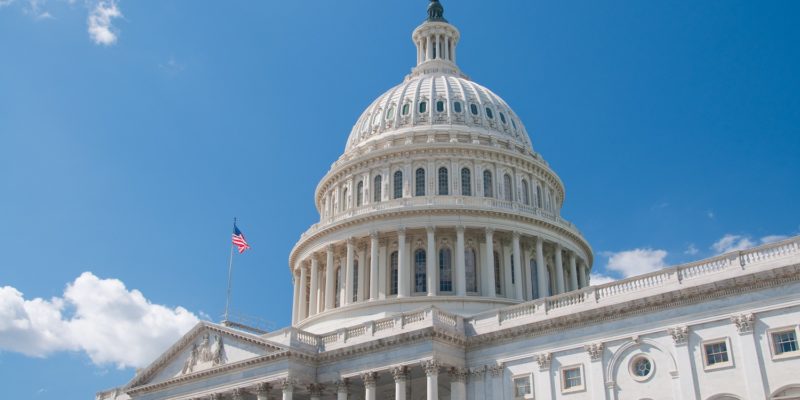
Clean Water Provisions in Final FY20 Budget
After several months of negotiations beyond the start of the 2020 fiscal year, late last week Congress reached an agreement on the final FY20 budget for the federal government. The $1.4 trillion omnibus agreement covers all 12 annual appropriations bills and will provide an increase in total federal spending of about $49 billion. It will include funding and policy provisions that have been the focus of much of the delay, such as funding for the southern border wall and raising the tobacco purchasing age to 21.
The EPA came away with a small, but symbolically significant, increase in their funding to $9.06 billion in FY20. The agreement will provide consistent or increased funding for many of the programs that WEF and its members have advocated for over the years, such as:
Additionally, the agreement included several policy provisions that WEF has been advocating for over the last several years. Such as language to support integrated planning, “the agreement supports the Agency’s ongoing activities related to integrated planning, which will be increasingly necessary as States and communities work to meet their clean water obligations while keeping rates affordable for water ratepayers.”
Also, the bill directs the EPA to use a portion of the $208 million in the Water Quality Protection program to complete the Clean Watershed Needs Survey, which WEF has been lobbying for.
National concerns around how to address PFAS contamination in communities and around military facilities will also receive some support in the final budget agreement. The EPA budget includes $43 million to help states and communities remediate PFAS contamination. The bill also directs the EPA to brief the House and Senate within 60 days of enactment of the bill about the EPA’s “work to set maximum contamination levels for PFAS under the Safe Drinking Water Act, as called for in its PFAS Action Plan.” The bill will also provide EPA $12.8 million to pursue a regular regulatory process on possibly designating PFAS under the CERCLA law, also known as Superfund. There is also roughly $263 million in the defense portion of the bill to support PFAS related health impacts research, firefighter foam replacement and clean-up, and firefighter equipment research.
Unless there are any last-minute hiccups, the final agreement will clear the House and Senate this week and be signed into law by the President before the current Continuing Resolution expires at midnight on Friday, Dec. 20th. With that, Congress will have concluded the 1st Session of the 116th Congress and depart Washington for the remainder of 2019.
To the WEF members who have sent letters through the Water Advocates program, participated in the National Water Policy Fly-In, or contacted their federal elected officials, WEF greatly appreciates the contributions members have made in 2019 in advocating for these increases in funding. Thank you for all your support and we look forward to working with you again in 2020!